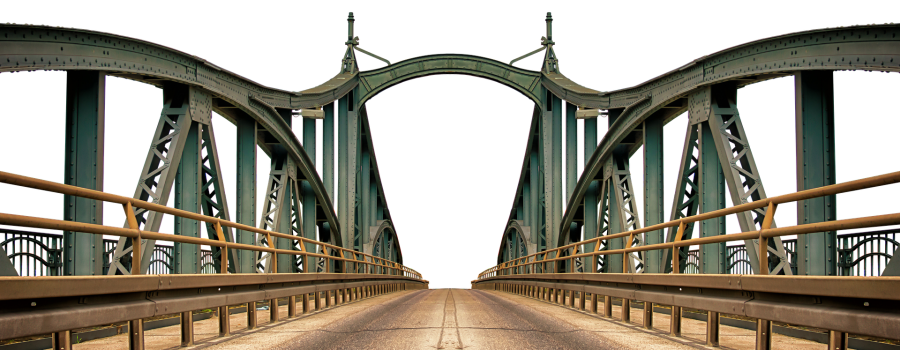If you ask us, it’s an incredible feat of modern humanity that we can all safely drive on our roads. Each car represents an individual at the head of a several ton metal brick traveling frequently at deadly speeds. The fact that there is a universally agreed upon system that functions well enough that the vast majority of road trips is truly just short of miraculous. Of course, the use of the word ‘majority’ in the previous sentence is entirely intentional and serves as a reminder that unfortunately sometimes accidents do happen. Thankfully, just as much human effort, though, and care has gone into making crashes as safe as making cars themselves safe. In today’s article, we’re going to briefly outline the major types of safety barriers and their influence in vehicular accidents. This article serves as an entryway for the layman that has possibly asked themselves “Why are road barriers that weird W shape?” Ask no more, simplified answers lie below.
The Big Two
The two main types of road safety barriers are the flexible barrier and rigid barrier. While their primary difference lies in their name, each barrier serves a similar function: That is to slow down a vehicle in crisis in a gradual manner that reduces the impact forces experienced by occupants. A human body that’s in a car traveling 80 mph will feel less destructive force if stopped gradually over a larger distance and time instead of into a direct wall. The survival chances are much improved. Additionally, any road safety barrier strives to keep a vehicle in crisis on the surface of the road where it’s designated to be. For instance, a road barrier between two lanes traveling in the opposite direction would be designed to keep any car that crashes into it on the correct side of the road, greatly reducing the potential overall damage of the crash. How flexible and rigid barriers are in their material composition. Their material composition determines the manner in which they gradually slow a vehicle in crisis. Flexible barriers contort and warp the grip the vehicle and keep the crash as contained as possible. In the case of rigid barriers, they’re made of a sturdier and much heavier material that’s shaped and angled to create a crash situation where a controlled slide gradually brings a vehicle to a halt.
Portability
The portability of road safety barriers directly affects their function and form. When choosing a road barrier system to employ, the first question you should ask yourself is whether you want to have the ability to move the barrier or not. Typically, flexible barriers are not designed as portable and therefore are practically out of the picture. However, you do have a small variety of rigid barriers to choose from that are interlockable and portable. The primary question is just how portable you want those barriers to be. The stereotypical rigid barriers that most people are used to seeing are modular concrete jersey barriers and hollow plastic barriers that are designed to be filled with water to add rigidity and mass. Obviously, you’re not going to be able to move concrete jersey barriers easily while hollow plastic barriers can be deployed easily by humans. A final consideration to take into account when deciding what portable barriers to using is the class of vehicle they’re likely to be stopping. Concrete jersey barriers the better choice if you’re going to be encountering a lot of heavier class vehicles.
Upkeep
Regardless of the type of road barrier that you choose, you need to be aware of the maintenance and upkeep that is required to keep them safely functioning. Any road safety barrier should be regularly inspected for a wide variety of possible defects that can arise over time. For instance, if you’ve deployed a steel flexible barrier on the edge of a road overlooking a deep canyon, then you should make sure that the barrier is checked for possible damage over time due to the elements or even the tiniest of crashes. Even a small dent in a flexible barrier can greatly decrease its effectiveness in an emergency situation. Of course, not all barriers require the same amount of maintenance and cost less to upkeep over time. Concrete jersey barriers, for instance, are built much sturdier and are not expected to suffer faults from the elements over the years.
Ultimately, the job of the road safety barrier is to help save your life in the case of an emergency. Bringing out-of-control vehicles to a safe stop is incredibly important and some of the brightest minds that mankind has to offer are constantly working to improve road safety barriers. Their direct impact in saving lives should be lauded and we now drive on roads that are safer than any time before in history.

